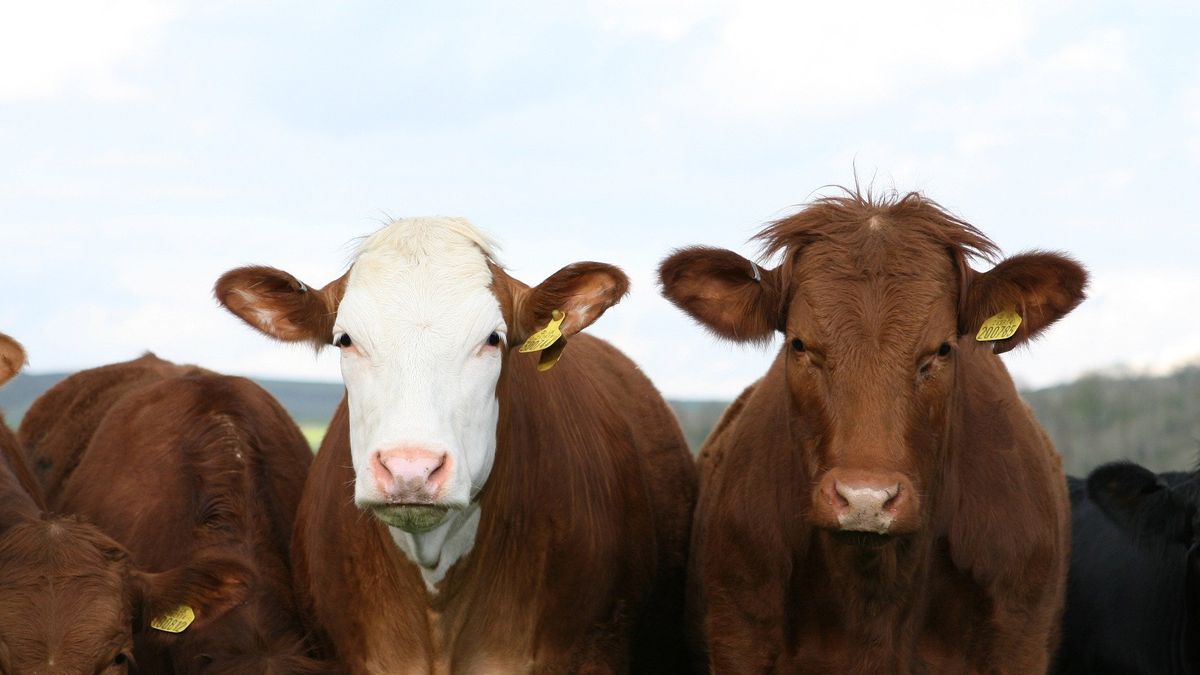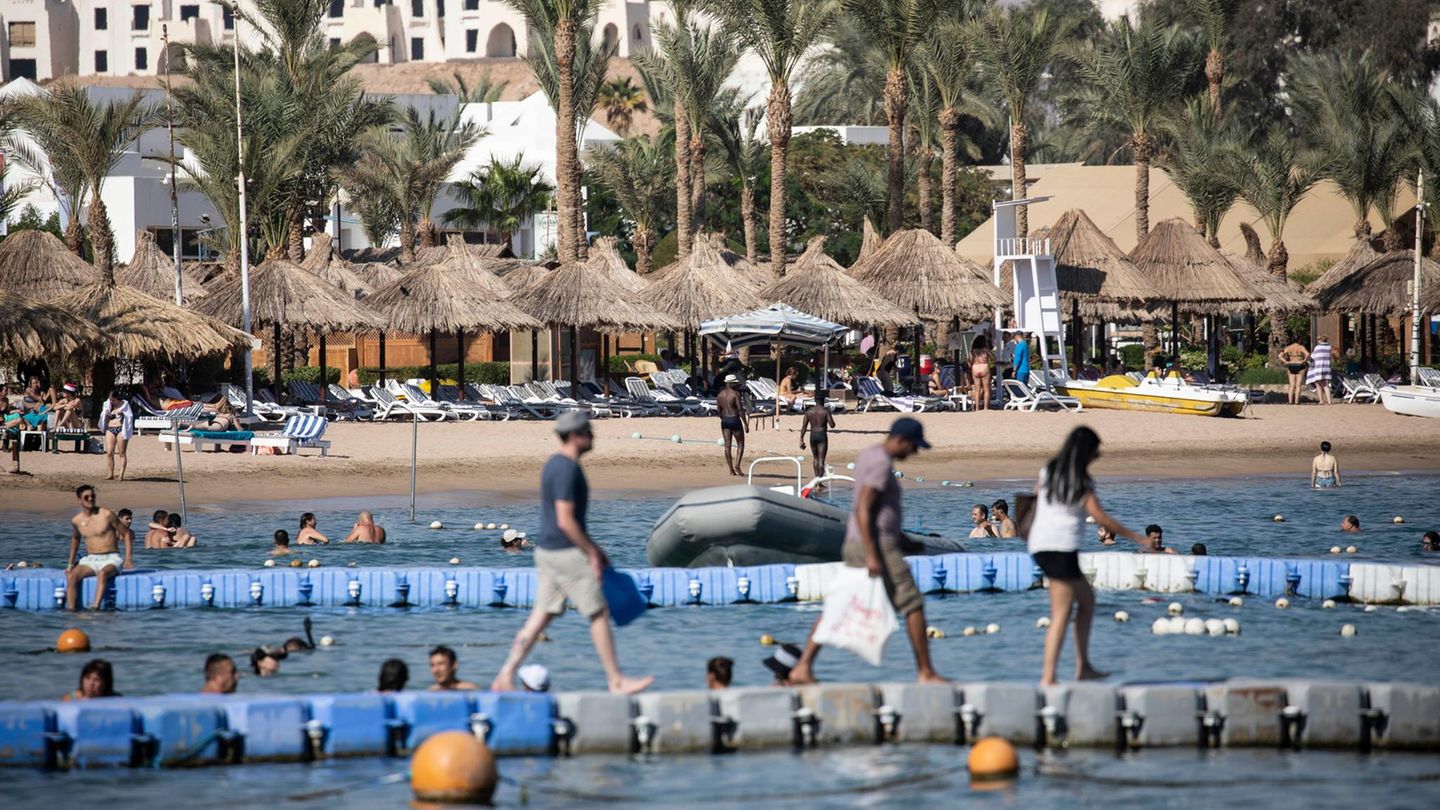In the last 15 days of 2021, a drastic change in weather conditions was evidenced. The rains stopped abruptly and temperatures began to rise to over 40 ° C, a situation that lasted for several days without interruption, causing severe heat stress in both crops and livestock.
In the short term, in some areas -especially in the north of the country- early weaning is already being carried out to relieve lactating cows, but also, many bellies are being released without the possibility of subsistence in a context such as the current one.l: “This will not only result in obtaining lighter calves, but, if generalized, could lead to a less concentrated harvest in peak months.“, he remarked.
In turn, given the high prices registered by the calf, it is expected that the breeder will tend to part with other categories of ranch, withholding the wintering, which could lead to an even more flattened harvest than what has been seen in recent years .
This scenario is not alien to consumer finance either. It is also likely to see a greater outflow of young bulls and heifers destined for consumption, which, until now, had found in pastoral rearing a more accessible alternative to the rising price of grain.
“This dry season may not only continue to push up the price of grain, but also, if it lasts as expected until the end of March, it could end up exhausting the available forage supply in advance, as well as the reserves scheduled to go through the winter. This effect, if materialized, would only be reflected in the medium term, being the alternative that the winteriser would adopt with less urgency, but which will undoubtedly be reflected in a lower completion of the farm. Although at the calf harvest level, a situation as restrictive as seen last year is not expected – where more than 650 thousand animals were lost – neither is a significant variation expected in the number of weaned calves, “he explains.
carne.jpg
Specifically, Aiassa points out that 2022 will not be the year in which the supply level will begin to recover. In the long term, already thinking about the calf harvests of 2023 and even 2024, is where we see a significant restriction in the level of supply. “The services that are still being provided today in many livestock areas will undoubtedly be affected by this climatic context,” he said.
In recent years there has been a shift in services since, with more severe winters and late springs, the body condition of the cows takes longer to recover and the service curve naturally tends to lengthen. The conditions of extreme drought and strong thermal stress that have been registered since mid-December will most likely end up delivering lower pregnancy rates and, therefore, less weaning of calves in 2023.
According to the latest resolutions published by the government, the so-called canned cow -corresponding to categories D and E, according to classification- is one of the few categories that enjoys total liberation to be exported and on which the industry will press to recover occupancy levels of its installed capacity.
“Very likely, when we know the livestock stock data at the end of December 2021, we will finally see the number of cows stabilize or even grow very slightly,” he anticipates. Quite simply, the extraction or slaughter of cows has decreased notably during the last year (some 300 thousand cows less in 2020), this in part forced by the restrictions imposed on exports and in part, by having already concluded a phase of purification of unproductive bellies which was very clearly evidenced in the extraction of the last two cycles, 2019 and 2020.
However, Aiassa argues that this indicator does not represent by itself a sign of recovery of the stock, since these production bellies should be able to sustain or even improve the rates of procreation and subsequent weaning, something that in the last year only reached 62 % and in the last 10, it barely manages to average 63%. “Again, rates still far behind compared to other developed herds. Improving this base would undoubtedly make it possible to cushion much more the adverse effects to which years like the current ones expose us, in which the climatic factor plays its great game. This, clearly, must be one of the main objectives to be achieved in the coming years.“, he concluded.
Source From: Ambito
David William is a talented author who has made a name for himself in the world of writing. He is a professional author who writes on a wide range of topics, from general interest to opinion news. David is currently working as a writer at 24 hours worlds where he brings his unique perspective and in-depth research to his articles, making them both informative and engaging.




